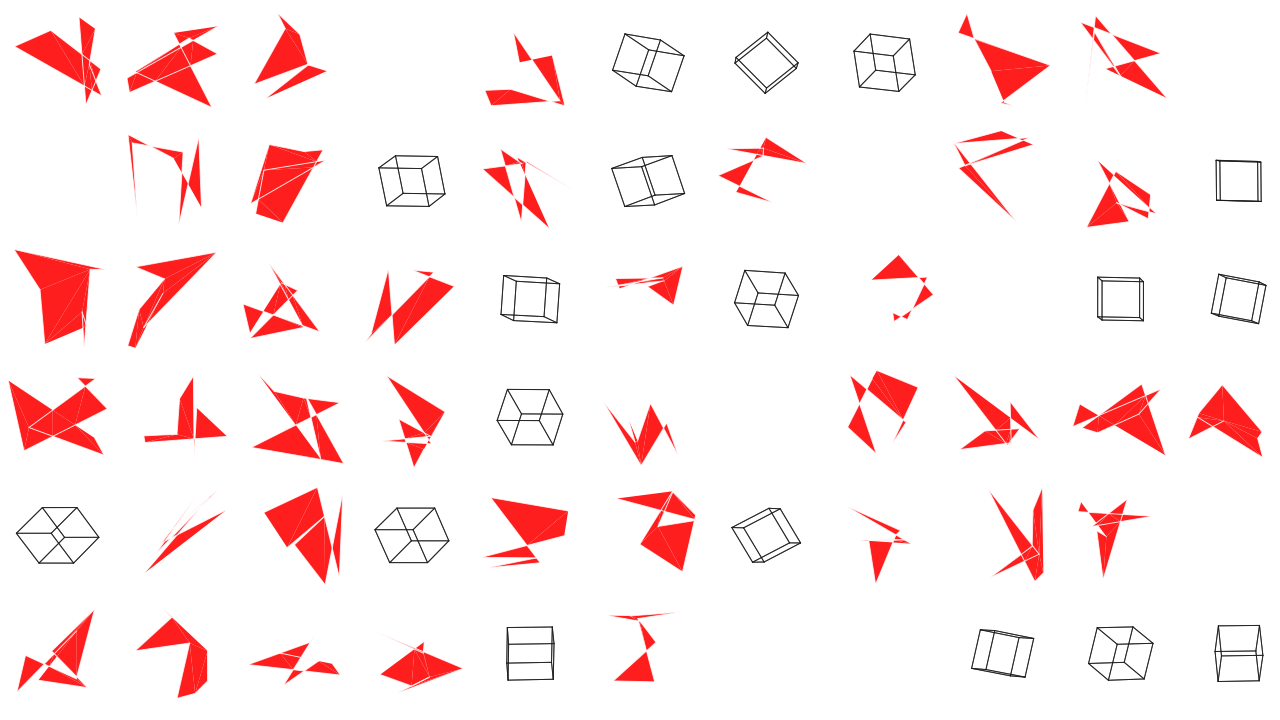The Otherness of Execution

“Executing Practices,” the sixth chapter in the Data Browser Series, takes a refreshing approach when analysing how expression is mediated through machine execution. The group of artists, thinkers and researchers take the first step in recognising that an analysis of computation seen solely through the agnosticism of execution would fail to capture how execution is situated within larger contexts of intent, expression, and agency — much like understanding how neurons fire won’t let us grasp the thought that is being expressed. However, rather than simply focusing on the larger picture, “Executing Practices” makes sure that the interventions still take into account that, at its core, each execution still remains a discrete, defined set of instructions parsed by a hyper-specialised machinic entity. This lowest level of understanding cannot be ignored or glazed over, because it will still encapsulate the practice of execution, however contextualised, into a series of discrete mathematical operations.
The book’s chapters deconstruct and challenge execution through brilliant artistic endeavours. Pritchard’s Critter Compiler subverts the bio-computational enslavement of living beings for their ability for injury and develops an executional system where living beings feed off of CPU heat, cooling it down at the same time, thus improving its computational capacity through nourishment. Schuppli interrogates the connections between two types of executions, the computational and the human-life-ending, by challenging the politics and practices of drone wars.
Now, the biggest barrier to human-machine affect in today’s computational ecosystem is the incomprehensible speed of computation of modern machines, which brings with it the incapacity of human beings to grasp the patterns of execution. Pattern matching and recognition, the “gut feeling” of almost-understanding or, at least, knowing to differentiate the is from the is not is a human evolutionary trait that saved our skin by recognising the slightly darker, possibly tiger-shaped shadow in the middle of a dark forest of shapes.
Execution travels at thought-blistering speed, but it wasn’t always the case: not so long ago, in the ‘80s ( i.e. exponential aeons in CPU years), we were able to slow down execution enough to grasp its shadows: home computers of that era were programmed through sound, and programs were loaded onto audio cassettes. Obviously, this meant that human ears were privy to the executing arcana.
The cited example of Polish “Mikrokomputer” hits very close to home. At the time, I was old enough to understand it, young enough to be fascinated by it, and my country was communist enough to not care about western copyright laws. So, like in Poland, Yugoslavia had a vibrant black market of code-jockeys that shared the latest games over local radio or in public libraries. I still remember the elation of hearing machines speak, the quasi-mystical element of listening to glitches, clicks and rasps, subconsciously labelling it as “execution in the making,” and slowly letting my brain grasp for patterns and differences between programs, their purpose and required executional medium. However, like ambrosia of greek mythology, execution code has marvellous properties but is not meant for humans to grasp. I also remember the distinct feeling of otherness: like the sounds of ’90s modems singing their connection song, the more you listened to it, the more you understood that the real information will always remain incomprehensible, hidden from conscious understanding because of the cognitive otherness of the medium they were communicating with.
This cognitive otherness permeates the space of execution, yet it’s hard to imagine or develop a conceptual connection between execution’s intent and nature: how to go deeper than solely recognising the alienness and taking it into account when recounting practices of execution? How to investigate the alienness itself, and develop frames of translation for machinic cognition?
Image by Tin Geber, taken from the interactive artefact “Ask Me How I Feel” published on the Expanded Interface zine.


.jpg)
